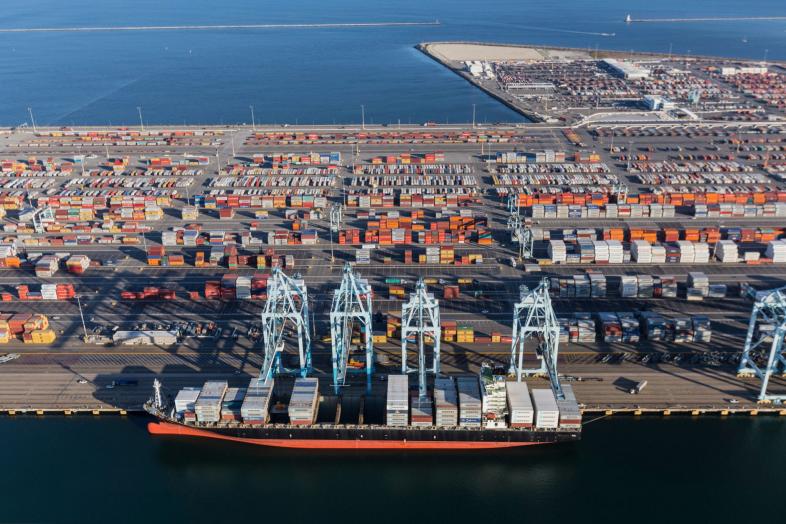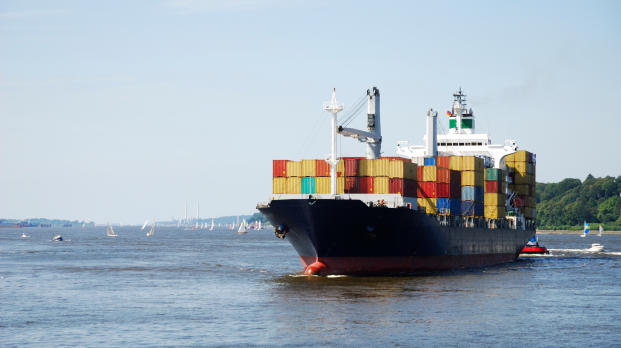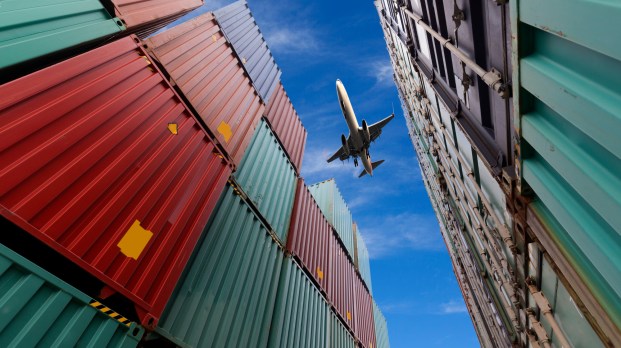
The United States is renowned for its bustling seaports that play a vital role in facilitating global trade and commerce. Among the most significant maritime gateways are the seaports located along the East Coast (USEC) and West Coast (USWC). Both coasts hold their own unique characteristics, presenting distinctive opportunities and challenges to stakeholders involved in the shipping industry.
“Depending on our clients’ needs, we’ve tapped into the U.S. East Coast, U.S. West Coast, and Gulf Coast Ports for ocean freight and container shipping,” says Ray Luengo, Global Head of Ocean Freight, EFL Global. “If you look at our investments over the last few years regarding facilities, equipment, and other assets, we’ve created a seamless flow of cargo from the ports to inland destinations. Creating touchpoints with our facilities and capabilities has been a huge strength for EFL Global’s clients.”
Geographical Location and Trade Routes
One fundamental difference between the USEC and USWC is their strategic geographical locations. East Coast ports, such as New York/New Jersey, Miami, Charleston, Virginia, Baltimore, and Savannah, benefit from their proximity to key international trade routes. East Coast seaports can serve as convenient entry points for freight coming from European markets. On the other hand, West Coast seaports, including Los Angeles, Long Beach, Seattle, Oakland, and Tacoma, are strategically located along the Pacific Ocean. These ports boast strong connections to Asia, particularly benefiting from the exceptional trade capabilities in the region.
However, depending on market conditions and geopolitical factors, both USEC and USWC ports have managed imports and exports from all over the world, no matter the region, showcasing both coasts’ strengths in adaptability and readiness for unprecedented changes.
“Disruptions are something we deal with on a yearly basis, whether driven by a pandemic, labor negotiations, capacity being removed from trade lanes by carriers, and so on,” says Luengo. “EFL Global takes pride in its process; we always survey the market and industry to see what potential opportunities there are for importers and exporters. From there, we model solutions to flow freight around multiple ports in the United States, including reverse IPI, and move freight through our buildings to pick up speed. By partnering closely with our local facilities and clients, we mitigate risk and offer multiple options when it comes to cargo handling.”
Handling Capacity and Infrastructure
When looking at the USEC and USWC, another critical aspect to consider is the difference in their handling capacity and infrastructure. For example, the Port of Los Angeles and Port of Long Beach have generally shown larger capacities and more developed infrastructure due to their historical significance in international trade. These ports have invested heavily in expanding and upgrading their facilities to accommodate large container ships and surges in cargo volumes, maintaining the largest port infrastructure in North America.
East Coast seaports have faced limitations in terms of available space and older infrastructure. However, there have been significant efforts in recent years to modernize these ports and increase their handling capacity. Improvements in infrastructure have enhanced the capabilities of the USEC, making them more competitive on the global stage. Additionally, at times where the USWC has struggled with union strikes and labor shortages, the USEC has played a critical role in ensuring ocean freight still flows in a timely manner both into and out of the United States.
“Capacity is a never-ending battle in ocean freight and container shipping,” says Luengo. “However, we keep a finger on the pulse of the market to ensure our clients are getting the capacity they need. We accomplish this through daily, weekly, and monthly collaboration with key stakeholders in ocean freight, our clients, and our local offices. Our goal is flexibility and to provide multiple options to our clients that get the job done for their supply chain.”
Environmental Factors and Maritime Compliance
Environmental considerations in the shipping industry have become increasingly important, as the logistics industry remains one of the biggest contributors to global carbon emissions. USWC seaports have taken the lead in implementing environmentally friendly practices and complying with strict emission regulations, such as Long Beach’s Clean Trucks Program, various energy initiatives, and the Green Port Policy. The Green Port Policy works to reduce harmful air emissions from port-related operations, improve water quality in harbors, protect marine wildlife, and implement environmentally sustainable practices throughout ports. In Los Angeles, port professionals are leading the way to reducing air emissions, improving water quality, modernizing facilities, and cultivating new technologies that benefit the environment.
USEC seaports, while also embracing sustainability initiatives, have encountered unique challenges due to their location and ecological sensitivity. However, like the USWC, they remain committed to offsetting carbon emissions through environmental inititaves both in and around the ports. The Ports of New York and New Jersey follow the larger Port Authority’s commitment to initiatives such as the commitment to achieving net zero carbon emissions by 2050 across all modes of transportation in the two states, as well as establishing a new interim target to reduce emissions under the Port Authority’s direct operational control of 50 percent by 2030. Port Miami has followed suit with energy saving programs, emissions control, LEED certifications at the Silver Level, maritime research and restoration, and more under its Green Ports program.
Conclusion
The USEC and USWC present diverse opportunities and challenges to stakeholders in the ocean container and shipping industries. Despite their contrasting characteristics, both regions play a key role in facilitating global trend, strengthening the economy, and connecting the United States to the world for businesses of all shapes and sizes.




